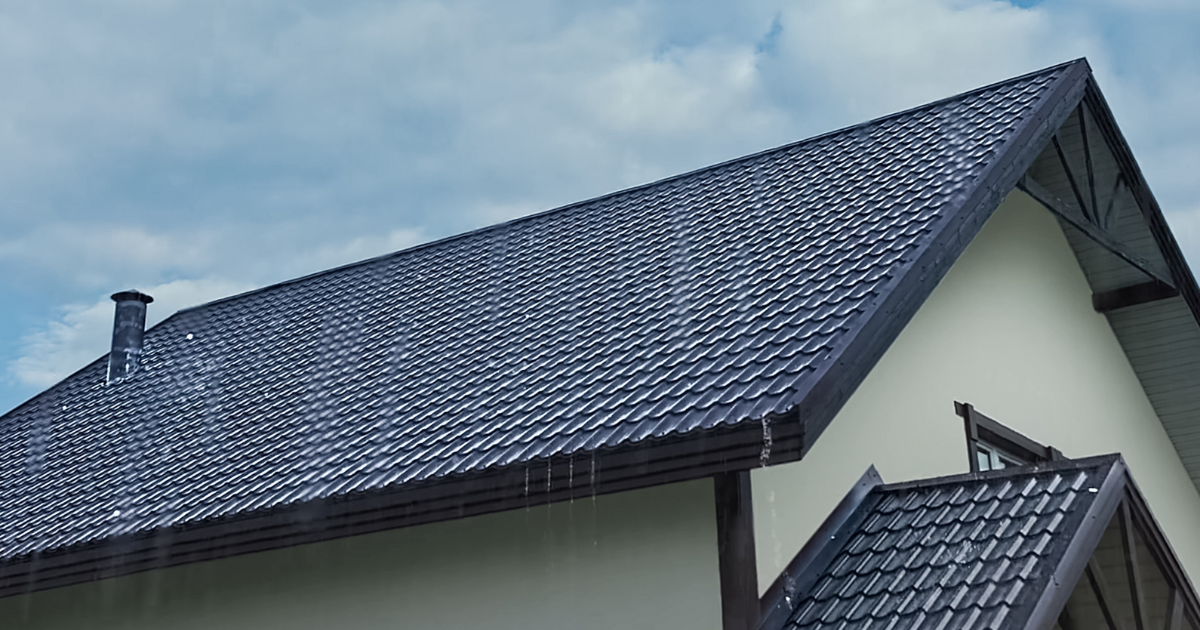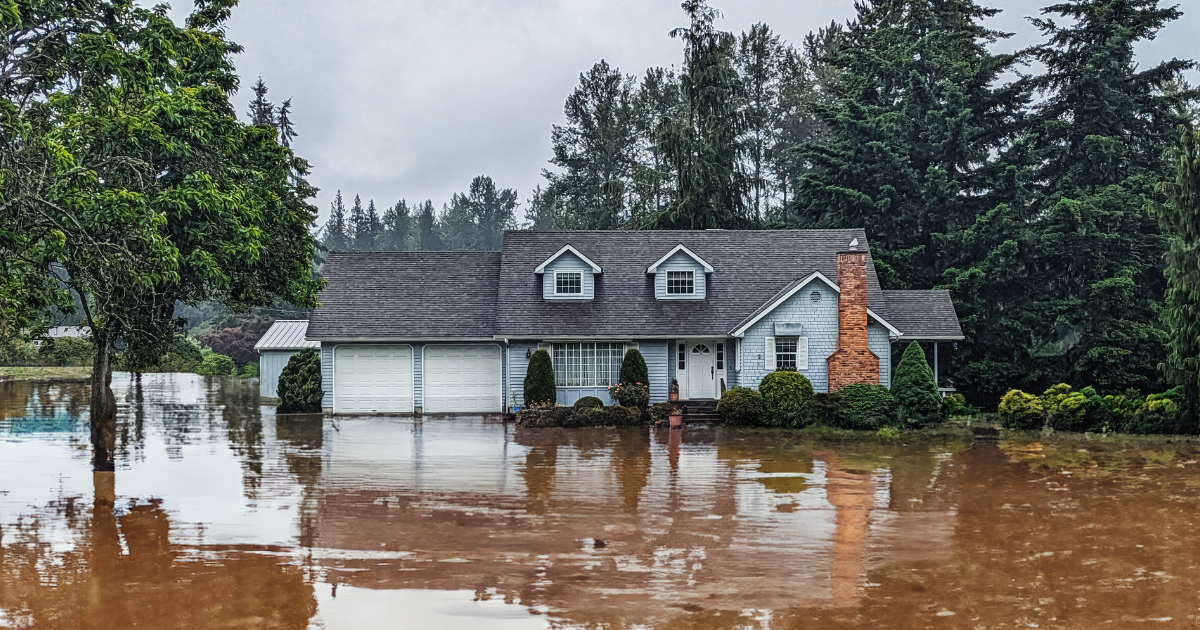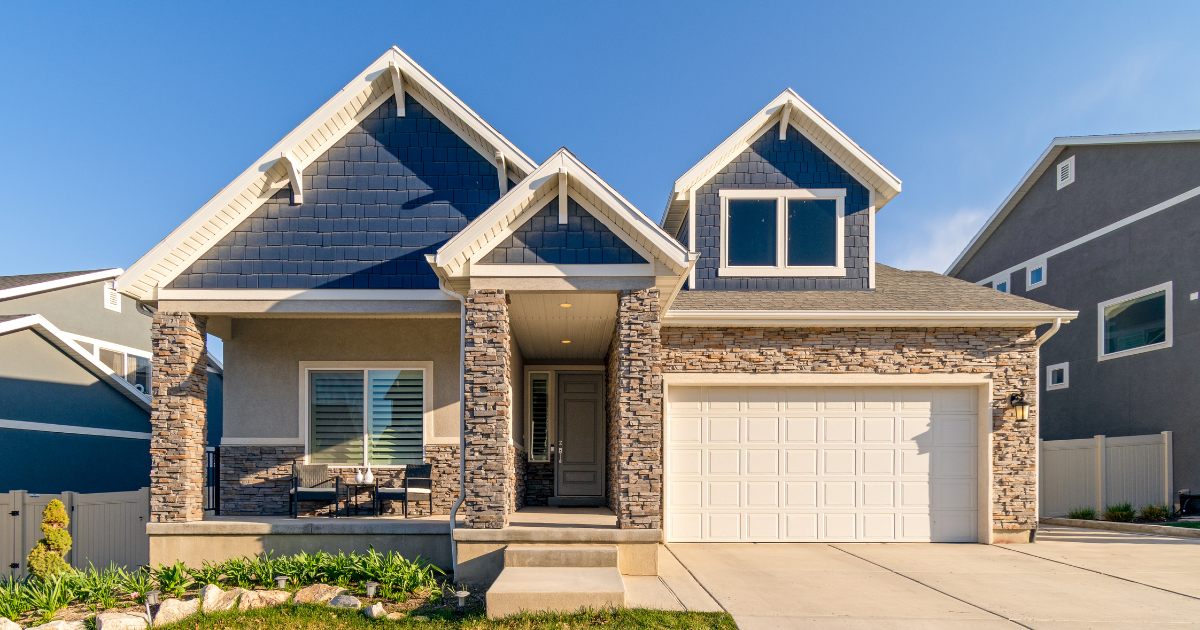When it comes to protecting your home, having the right insurance policy in place isn’t optional—it’s essential. That’s why CapCenter has an in-house insurance team ready to help you find the right coverage at the right price. We shop your policy across 30+ top-rated carriers, and many of our clients are saving an average of 25%—especially when bundling their home and auto insurance.
Not sure if your current policy has the protection you really need? Start with a quick, no-obligation quote or speak with one of our licensed agents who will walk you through your options without the pressure.
In this article, we’ll break down exactly what homeowners insurance typically covers (and what it doesn’t), so you can make informed decisions with confidence.
The Core Coverage of Homeowners Insurance
Homeowners insurance is typically structured around Coverage A through Coverage F, each section designed to protect a specific aspect of your property or liability. While exact details can vary slightly by insurer and state, most standard policies include the following protections:
Dwelling Coverage (Coverage A)
This is the foundation of your policy. Dwelling coverage protects the physical structure of your home—walls, roof, floors, foundation, windows, built-in appliances, and more—from specific perils. Covered perils usually include:
- Fire and smoke
- Lightning strikes
- Windstorms and hail
- Explosions
- Vandalism
- Theft
- Damage caused by vehicles or aircraft
- Falling objects
- Weight of ice, snow, or sleet
- Frozen or burst pipes
If your home is damaged or destroyed by a covered event, this coverage helps pay for repairs or rebuilding. However, not all disasters are covered—more on that below.
Other Structures Coverage (Coverage B)
This portion of your policy extends to detached structures on your property, such as:
- Garages
- Sheds
- Fences
- Gazebos
- Guesthouses
Typically, other structures are covered at a percentage of your dwelling coverage (often 10%). So if your home is insured for $400,000, your other structures coverage might be $40,000.
Personal Property Coverage (Coverage C)
Your belongings are protected under this section. That includes furniture, electronics, clothing, kitchenware, and more—essentially, everything you'd pack if you moved. This coverage applies to losses both inside and outside your home.
Importantly, certain categories of items have coverage limits unless you schedule additional protection. Examples include:
- Jewelry and watches
- Fine art
- Firearms
- Collectibles
- Cash
If you own high-value items, it's worth talking to your insurance agent about adding endorsements or riders to ensure full protection.
Loss of Use / Additional Living Expenses (Coverage D)
If your home becomes uninhabitable due to a covered loss, this coverage helps pay for temporary housing, meals, and related expenses. Whether you’re staying at a hotel or renting a temporary apartment while repairs are made, loss of use coverage ensures you can maintain your standard of living.
Personal Liability Coverage (Coverage E)
If someone is injured on your property or you accidentally cause damage to someone else’s property, personal liability coverage steps in. It can cover:
- Medical bills
- Legal defense costs
- Settlement expenses
This protection typically follows you beyond your home. For example, if your dog bites someone at a park, your homeowners insurance might still provide liability coverage (though some policies exclude specific dog breeds—always check).
Medical Payments to Others (Coverage F)
This coverage is designed for minor injuries sustained by guests on your property, regardless of who was at fault. Think: a neighbor slips on your icy walkway or a child trips over a garden hose.
This isn’t meant to replace liability coverage but rather to quickly settle small medical expenses and prevent a larger claim or lawsuit.
What Homeowners Insurance Does Not Cover
Standard homeowners insurance covers a lot—but not everything. Understanding exclusions is critical so you can plan accordingly.
Flooding
One of the most common and misunderstood exclusions is flood damage. Standard policies don’t cover water damage from external flooding caused by:
- Heavy rain
- Overflowing rivers or lakes
- Hurricanes or tropical storms
- Storm surges
To protect against flooding, you’ll need a separate flood insurance policy, which you can obtain through the National Flood Insurance Program (NFIP) or a private insurer. If you’re unsure of your flood risk, FEMA’s Flood Maps are a great resource to check whether or not you're in a high-risk area.
Earthquakes and Sinkholes
Most standard policies also exclude earthquakes and sinkhole damage. In states where these risks are more common (like California for quakes or Florida for sinkholes), homeowners often purchase additional endorsements or standalone policies to ensure they’re covered.
Maintenance and Wear and Tear
Homeowners insurance is not a maintenance plan. If your roof leaks due to age or your HVAC system fails due to wear and tear, your insurance won’t help.
Typical exclusions include:
- Mold (unless caused by a covered peril)
- Termite or pest damage
- Gradual water leaks
- Rot or rust
- Mechanical breakdowns
Homeowners are expected to maintain their property. If damage is deemed preventable through proper upkeep, the claim may be denied.
Intentional Damage or Negligence
Insurance doesn’t cover intentional acts or gross negligence. If you cause damage to your property on purpose or fail to act reasonably to prevent further loss, the insurer may deny your claim.
For example, leaving a busted pipe leaking for weeks, or starting a fire intentionally, won’t be covered.
Optional Add-Ons and Endorsements
To tailor your policy to your lifestyle and needs, most insurers offer add-ons. These endorsements can fill coverage gaps and provide additional protection beyond the standard package. Common options include:
- Scheduled Personal Property: For jewelry, art, or collectibles
- Water Backup Coverage: Covers damage from sump pump failure or backed-up drains
- Home Business Endorsement: If you work from home and store inventory or equipment
- Extended or Guaranteed Replacement Cost: Ensures full rebuild even if construction costs rise
- Ordinance or Law Coverage: Covers costs to rebuild your home to current building codes
Actual Cash Value vs. Replacement Cost
When it comes time to file a claim, your insurer will determine your payout based on either Actual Cash Value (ACV) or Replacement Cost Value (RCV).
- ACV deducts for depreciation—what your item was worth at the time of loss.
- RCV pays to replace your item at current market prices, with no depreciation deduction.
RCV coverage generally costs more in premiums, but it offers better financial protection in a claim scenario. Most CapCenter clients opt for RCV to avoid surprise out-of-pocket expenses.
How Much Coverage Do You Need?
Choosing the right coverage amount isn’t just about meeting your lender’s requirement. It’s about ensuring you’re not underinsured in the event of a major loss.
You’ll want to evaluate:
- Rebuild Cost, Not Market Value: Focus on what it would cost to rebuild your home from the ground up—not what it would sell for.
- Inventory Your Belongings: Use a home inventory tool or app to document possessions.
- Liability Limits: Consider your total assets and risks. If you entertain frequently or have a pool or trampoline, you may need more liability protection.
CapCenter’s insurance experts can walk you through this step. We shop your coverage across 30+ national carriers to find the right blend of price and protection, and we often help clients save an average of 25%—especially when bundling home and auto insurance.
Real-Life Scenarios: What’s Covered and What’s Not?
Let’s walk through a few scenarios to make it real:
- Your neighbor’s tree falls on your roof during a storm.
✅ Covered. As long as it’s from a covered peril like wind or lightning, your policy pays for repairs. - Your water heater leaks slowly over months, damaging the floor.
❌ Not covered. Gradual damage from neglected maintenance is excluded. - You host a BBQ and a guest trips on your porch stairs, breaking an ankle.
✅ Covered. Liability insurance helps pay for their medical bills and protects you legally. - Your basement floods after a hurricane.
❌ Not covered under a standard policy. You’d need separate flood insurance. - Your laptop is stolen from your car.
✅ Covered. Even outside the home, personal property coverage can apply (auto insurance doesn’t cover this type of loss).
CapCenter Can Help You Get the Right Coverage—and the Right Price
CapCenter isn’t just a mortgage lender—we’re a full-service provider with in-house insurance agents ready to help you save on homeowners insurance while making sure you’re fully protected. We work with 30+ carriers nationwide to find the best deal for your needs, and our team takes the time to review your options in plain language.
Already a CapCenter mortgage client? Let us review your existing policy to see if you're overpaying or underinsured. Shopping your policy with our team is fast, easy, and could save you hundreds—if not thousands—each year.
Start now and get a free fast quote! Or if you’d rather talk to someone, our team is just a phone call away.
Final Thoughts
Homeowners insurance isn’t one-size-fits-all. While most policies share the same core structure, what you choose to add—or leave off—can mean the difference between full recovery and financial strain. Knowing what your policy covers (and what it doesn’t) puts you in control.
Whether you're buying a home, renewing a policy, or just want peace of mind, CapCenter is here to guide you toward the right coverage at the right price—with real people, no pressure, and no gimmicks.




